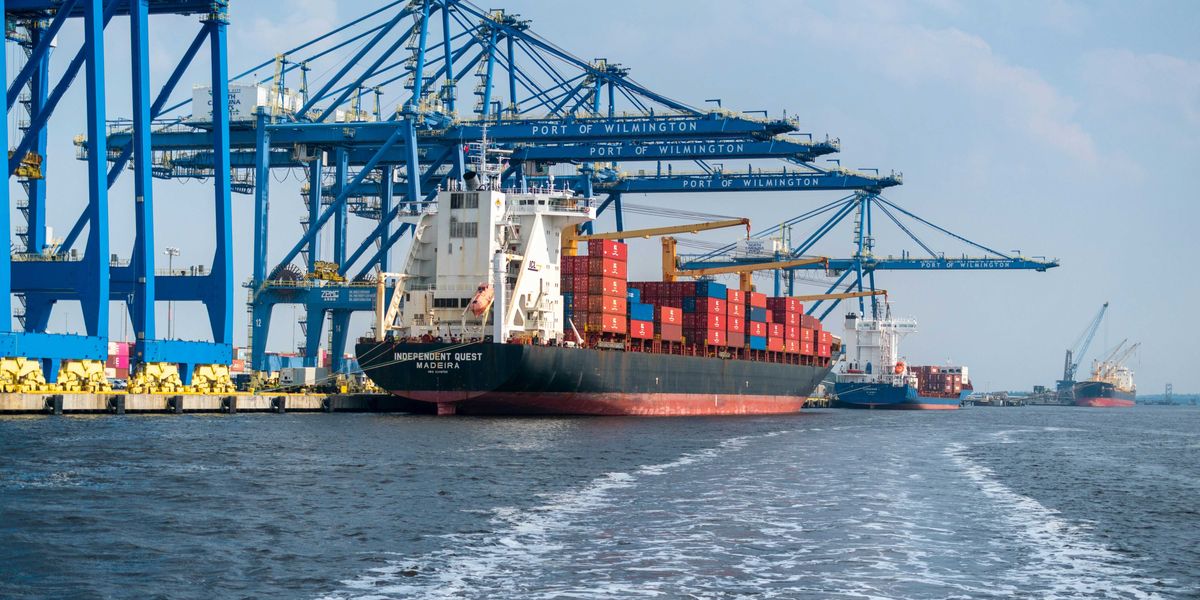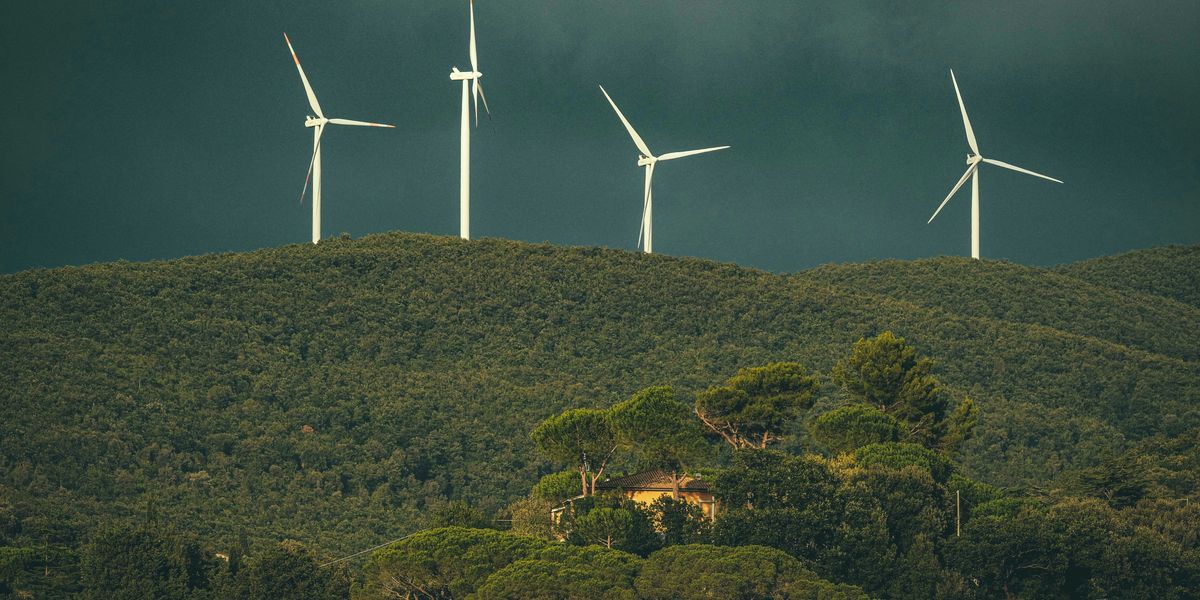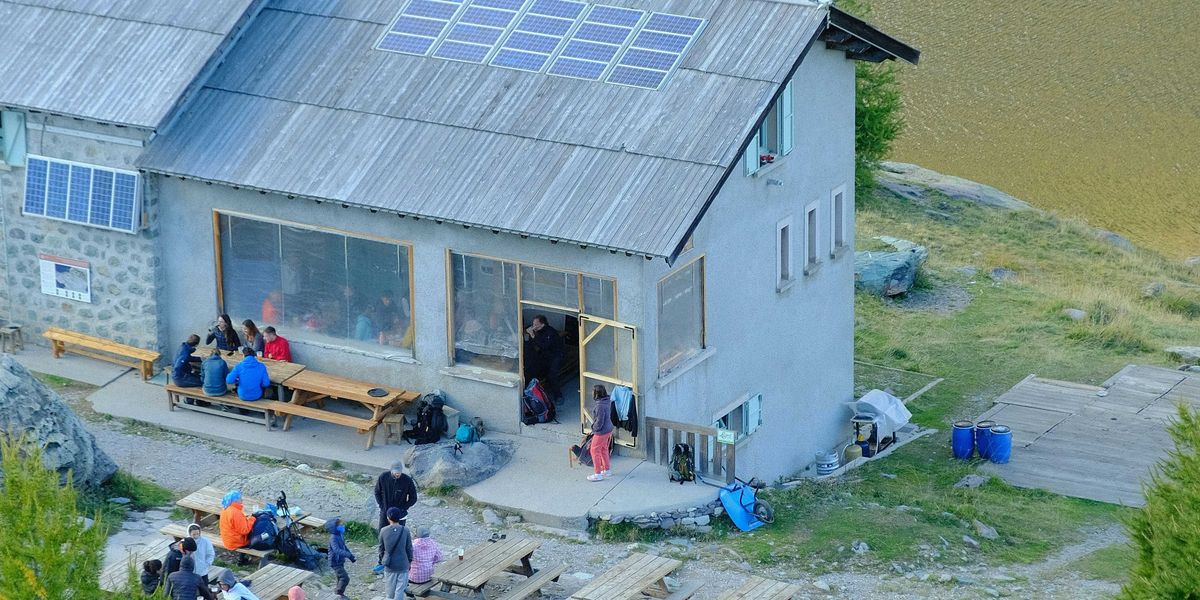Toxic metals may be spreading through wildfire smoke as Canadian peatlands burn
A thick cloud of smoke from hundreds of wildfires in Canada is carrying more than just carbon, as scientists warn that arsenic, lead, and other toxic metals trapped in soil could be released into the air.
In short:
- More than 200 wildfires across Canada are generating smoke that stretches into the U.S. and Europe, raising concerns about air quality and long-term health effects.
- Decades of mining have left northern Canadian soils contaminated with metals like arsenic and lead, which are now being released as wildfires burn through peatlands and old industrial zones.
- Peat fires, common in Canada's drying landscape, burn underground and can smolder for months, slowly emitting toxic particles and gases that pose serious health risks.
Key quote:
“It’s a bad-news scenario. It’s quite scary.”
— Mike Waddington, environmental scientist at McMaster University
Why this matters:
As wildfires grow in size, duration, and intensity with climate change, what’s carried in the smoke is changing. Rising temperatures are drying out peat-rich ecosystems in northern Canada, and fires are digging deeper into the soil, unlocking pollutants buried decades ago. Peat holds centuries of carbon — and with it, contaminants like mercury and arsenic that were deposited during the region’s mining heyday. These metals don’t need to burn directly; the fire only has to get close enough to vaporize or mobilize them into the air. Once airborne, they can travel hundreds or thousands of miles, affecting people far beyond the fire zones. When inhaled, these metals and fine particles can worsen asthma, damage cardiovascular systems, and even increase cancer risk. Communities already facing structural inequities now bear added burdens from chemical exposure. Meanwhile, smoke plumes can change chemically as they drift, forming secondary pollutants like ozone, compounding respiratory threats.
Learn more: New evidence links heavy metal pollution with wildfire retardants













